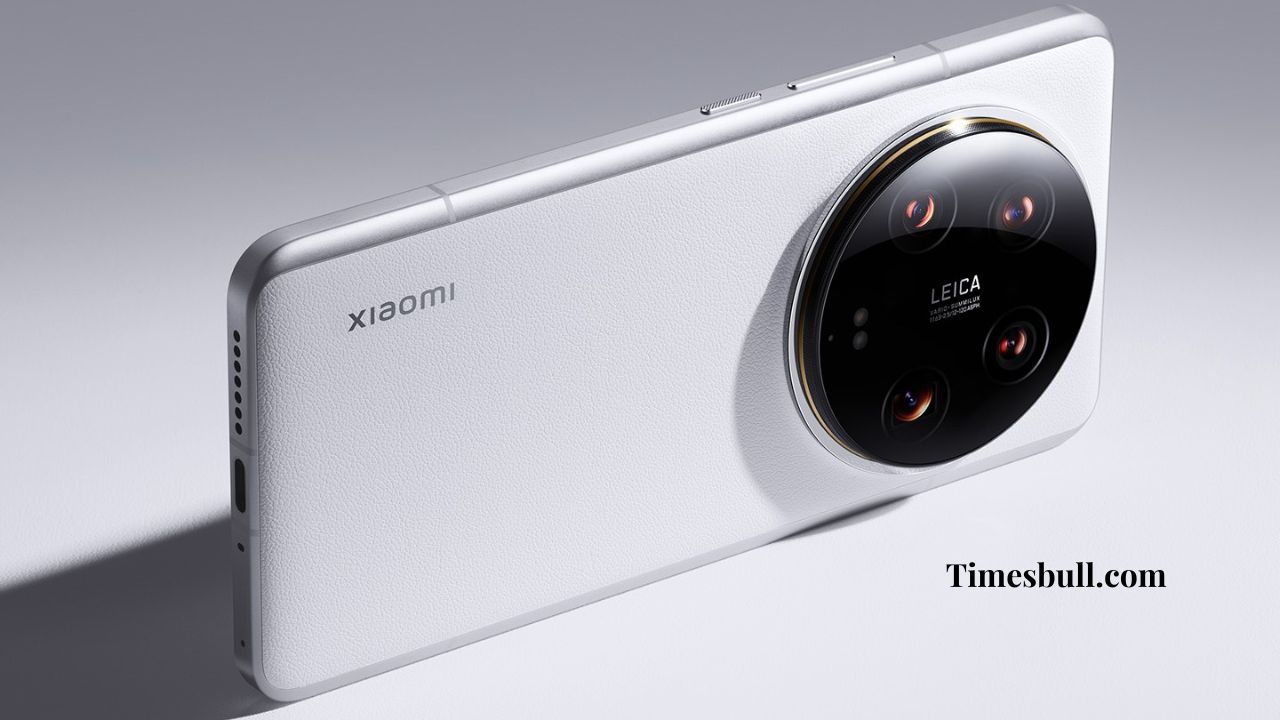Xiaomi in-house imaging: Xiaomi is said to be making a significant change in its smartphone camera strategy by ending its co-branding agreement with Leica. The move, according to reliable tipster Digital Chat Station, will impact all future SM8850 sub-series smartphones that will reportedly run the new Snapdragon 8 Elite 2 processor. Xiaomi will no longer be using Leica’s branding but will instead emphasize its in-house imaging capabilities.
Read More: Google Pixel 9 Pro vs Asus ROG Phone 9: AI vs Gaming
Read More: Nothing Phone 2 vs Fairphone 5: Unique vs Eco-Friendly
No External Branding on Upcoming Models
There will be no external imaging branding on upcoming Xiaomi and Redmi phones. Rather than that, Xiaomi is likely to employ proprietary imaging solutions and custom color tuning derived from its flagship products. This is the move towards a more centralized and internally controlled imaging experience, indicating that Xiaomi is increasingly confident in its own research and development arms.
Cost Reduction and In-House Development
Among the top reasons for discontinuing the Leica partnership is cost. Fees for Leica branding and authorization are said to contribute $3–$5 per device. Removing these costs not only means lowering production costs but also diverting resources towards enhancing hardware quality in its devices. These include better sensor quality, battery life, computational photography, and display technology.
Impact on Redmi and Poco Models
The transition will reach several future models such as the Xiaomi 16, 16 Pro, 16 Ultra, and 16 Ultra Max. It will also include cost-conscious sub-brands such as Redmi K90 Pro and Poco F8 Ultra. The models are set to derive great benefits from the cost reduction, possibly enabling Xiaomi to provide higher specs at competitive rates in regions where affordability is key.
In-House Imaging: A Growing Trend
Xiaomi’s decision reflects a wider trend in the smartphone industry. Brands are increasingly moving away from third-party imaging partnerships. Huawei has already shifted to its in-house XMAGE system after parting ways with Leica. Meanwhile, Vivo, Oppo, and Honor continue to collaborate with Zeiss, Hasselblad, and Harcourt respectively. Xiaomi’s move mirrors Huawei’s path, focusing more on internal innovation than external collaborations.
What to Expect from Upcoming Devices
All SM8850 series devices are expected to ship with large batteries and flat displays, focusing on performance and user experience. Camera systems, especially on Redmi phones, are expected to see epic-level upgrades. Xiaomi seems ready to deliver flagship-level features across its portfolio, without the added cost of external branding.
Xiaomi’s Other Product Launches
Alongside this strategic change, Xiaomi has also introduced a new 8000W modular track socket with child-safety features and smart power controls. Additionally, a new floor-standing air conditioner with fast cooling, 115° swing, and HyperOS support has been launched, expanding Xiaomi’s smart home ecosystem.










